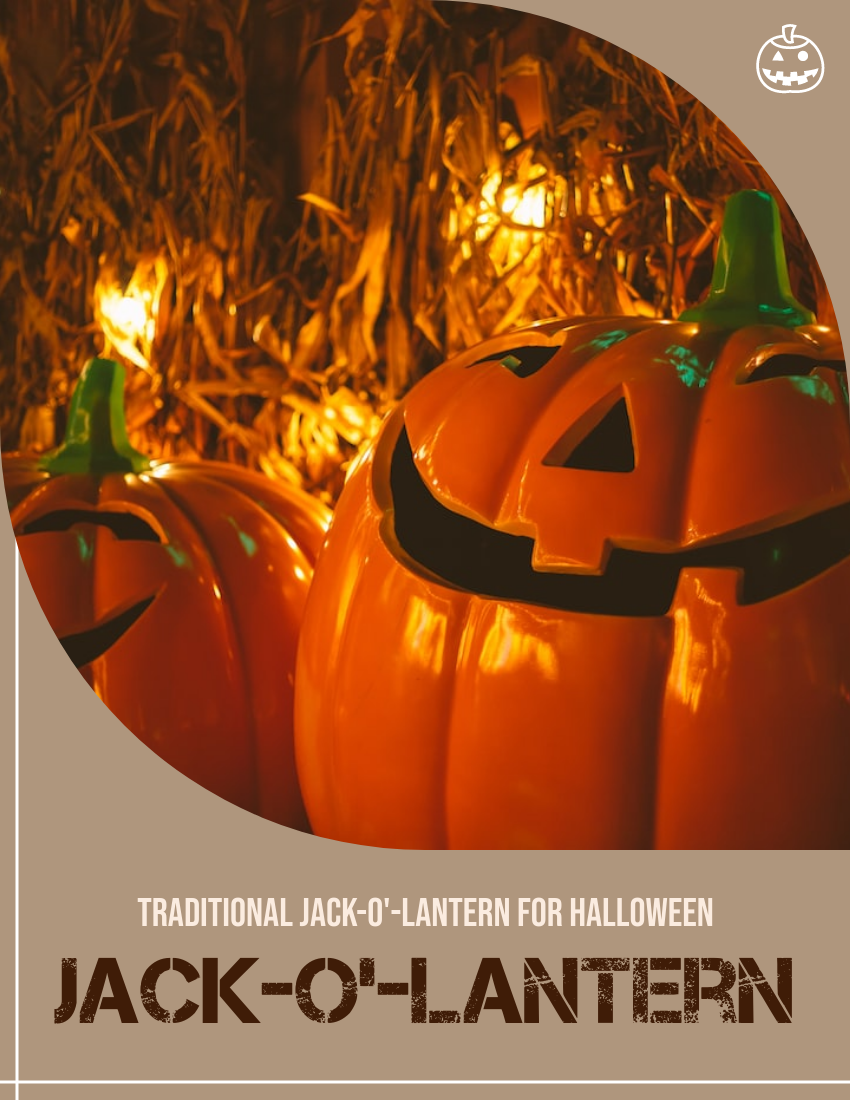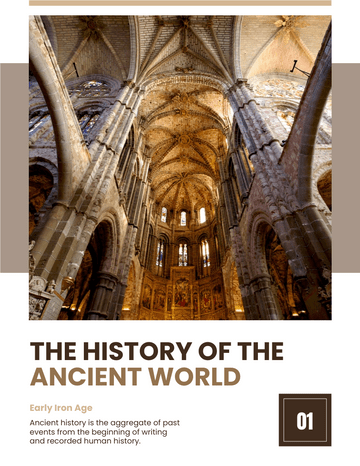What is Trick-or-treating?
In certain cultures, trick-or-treating is a typical Halloween tradition for both kids and adults. In the evening before All Saints' Day (1 November), children in costumes travel from house to house, asking for treats with the phrase "Trick or treat". Typically, the "treat" is some kind of sweets, however in certain cultures, money is given in place of treats. The term "trick" describes a threat to cause harm to the homeowner(s) or their property in the event that no treat is supplied. Typically, trick-or-treating takes place on October 31st in the evening. Others simply leave candy out on their porches for the kids to pick at whim. Some homeowners indicate their willingness to give out treats by hanging Halloween decorations outside their doors. Residences may also abandon their porch.
Click here to read the book
Tradition of guising
Both the custom of wearing costumes on Halloween and the practice of guising, or going door to door on Halloween and doing a short act in exchange for food or goodies, have roots in Scotland and other regions of Britain and Ireland that date back at least to the 16th century. There are numerous tales of persons dressed up for Halloween going house to home in Scotland and Ireland in the 19th century, performing poetry in exchange for food, and perhaps threatening bad luck if they weren't welcomed. Although the Scots and Irish have long enjoyed trick-or-treating while dressed up, the phrase "Trick or treat" has only recently gained popularity in Scotland and Ireland.
Trick-or-treating
Trick-or-treating has been a Halloween custom in North America since the 1920s. The first documented instance of the Irish and Scottish Halloween tradition of "guising," which involves kids dressing up and visiting houses to ask for food or money , dates back to 1911 in Ontario, Canada.
The United Kingdom, Ireland, the United States, Canada, and Australia are all major hubs for the activity. In western and central Mexico, this custom is known as calaverita (the diminutive form of calavera, which is Spanish for "skull"). Instead of asking for treats, the kids say, "Me da mi calaverita?" "Can you give me my tiny skull?" refers to a calaverita, a little skull made of chocolate or sugar.
The popularity of Trick-or-treating
Halloween episodes of the network radio shows The Baby Snooks Show in 1946, The Jack Benny Show and The Adventures of Ozzie and Harriet in 1948, and the October 1947 issues of the children's magazines Jack and Jill and Children's Activities all helped to bring trick-or-treating to the attention of the general public.
The Peanuts comic strip featured a trick-or-treating scene in 1951. By 1952, when Walt Disney depicted the tradition in the cartoon Trick or Treat and Ozzie and Harriet saw trick-or-treaters on an episode of their television show, the tradition had solidified its place in popular culture.























































